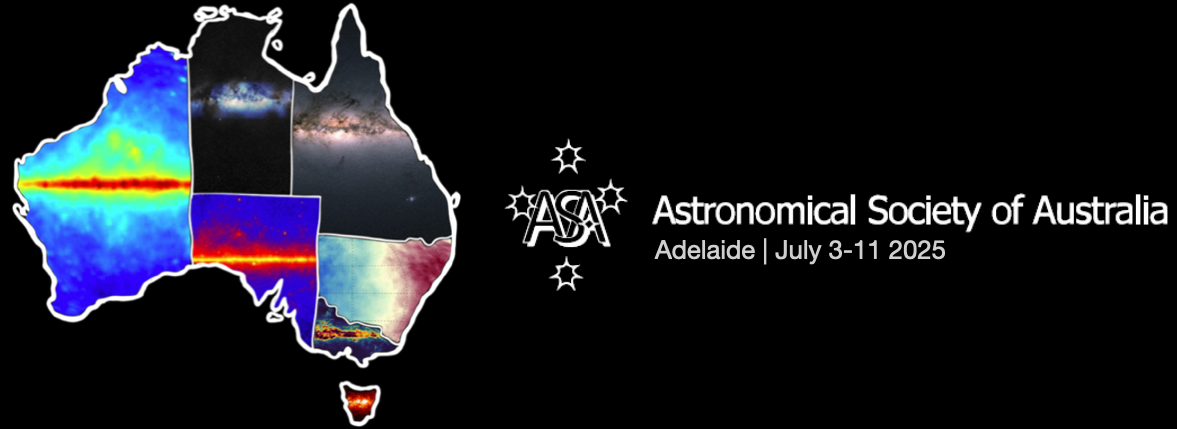TOI-2109b is the hot Jupiter with the shortest orbital period ($\sim$16 hr). At this close distance, strong tidal interactions can produce a significant exchange of angular momentum with the star. Since the orbital period of this planet is shorter than the stellar rotation period, TOI-2109b may be an optimal candidate for studying orbital decay. This process depends on how efficiently the star...
Planets orbiting close to their stars face an intense environment that can dramatically reshape their atmospheres. Among these extreme worlds, the ultra-hot Jupiter KELT-9b stands out as one of the most intensely irradiated planets known, orbiting so close to its star that its atmosphere is actively evaporating into space. Using high-resolution optical observations during the planet’s transit,...
The early success of JWST provides an exceptional opportunity to study the atmospheres of exoplanets with unprecedented detail. However, most (>65%) confirmed transiting exoplanets will not be accessible to JWST during the mission’s lifetime. This widespread problem is due mostly to ephemeris degradation: uncertainties on transit time and period compound over time, which can culminate in...
Directly imaging habitable-zone exoplanets and analysing their spectra can reveal atmospheric compositions and potential biosignatures, making this endeavour a central goal in exoplanet science. However, separating the faint planetary light from its host star is extremely challenging, requiring high contrasts and tight angular separations. Nulling Interferometry offers a solution by...
The Transiting Exoplanet Survey Satellite (TESS) is a nearly all-sky survey taking precise photometric measurements of millions of stars in our galaxy. It has become a powerful tool in the search for exoplanets, along with contributing to studies of stellar evolution through asteroseismology. By targeting bright stars amenable to radial velocity follow-up, the TESS mission aims to increase our...
Disks around evolved binaries such as post-AGB binaries share many similarities with proto-planetary disks (PPDs) around young stellar objects, which has led some to believe that planet formation may occur in these systems. Here we investigate the possibility of planet formation via gravitational instabilities in post-AGB disks. We first apply the Toomre criterion of gravitational instability...

